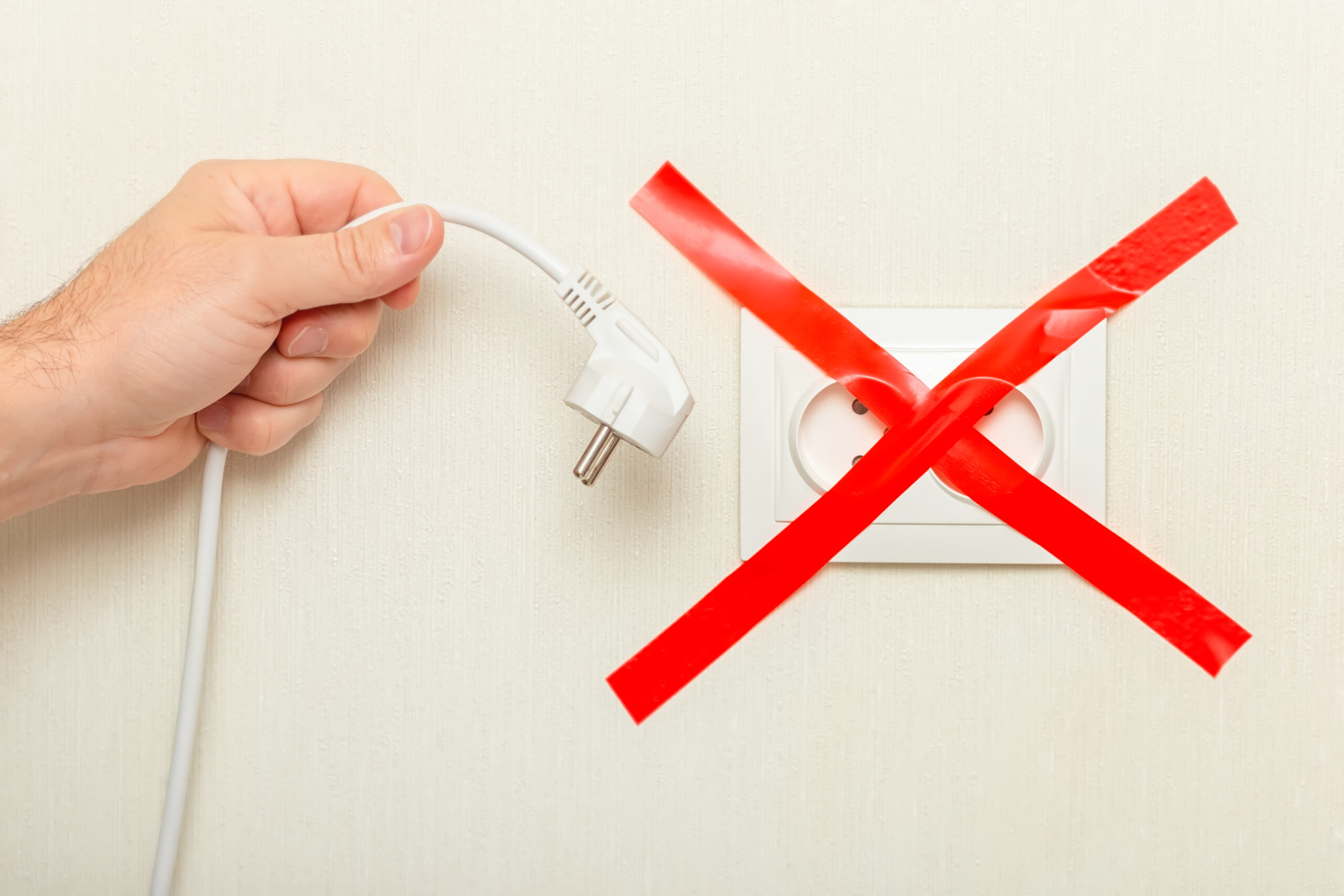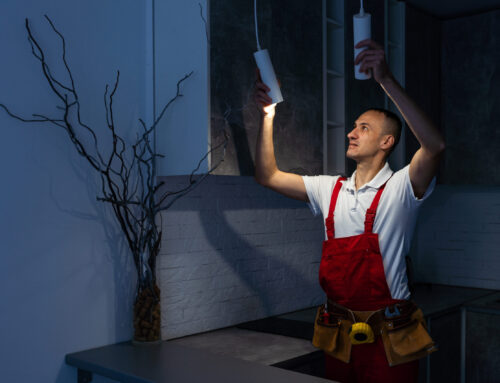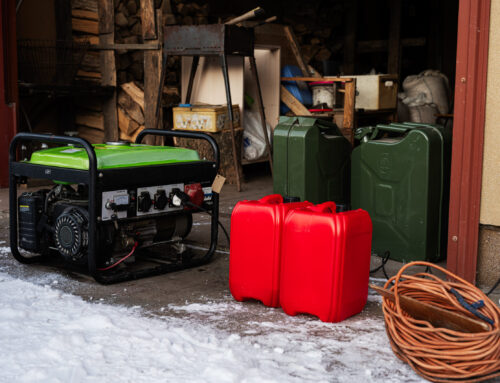Have you ever plugged in a device only to find that the electrical outlet isn’t working? It’s a common frustration that many of us have faced at one point or another. Electrical outlets, integral to our daily lives, are often overlooked until they malfunction. This article delves into the common problems with electrical outlets, offering practical advice and troubleshooting tips to ensure your home remains safe and your appliances function smoothly. From identifying warning signs of outlet failure to simple DIY fixes and knowing when to call a professional, we’ll cover everything you need to ensure your electrical system is robust and reliable. Keep reading to discover how you can address and prevent the most typical issues associated with electrical outlets, enhancing safety and convenience in your everyday life.
Identifying Common Electrical Outlet Issues
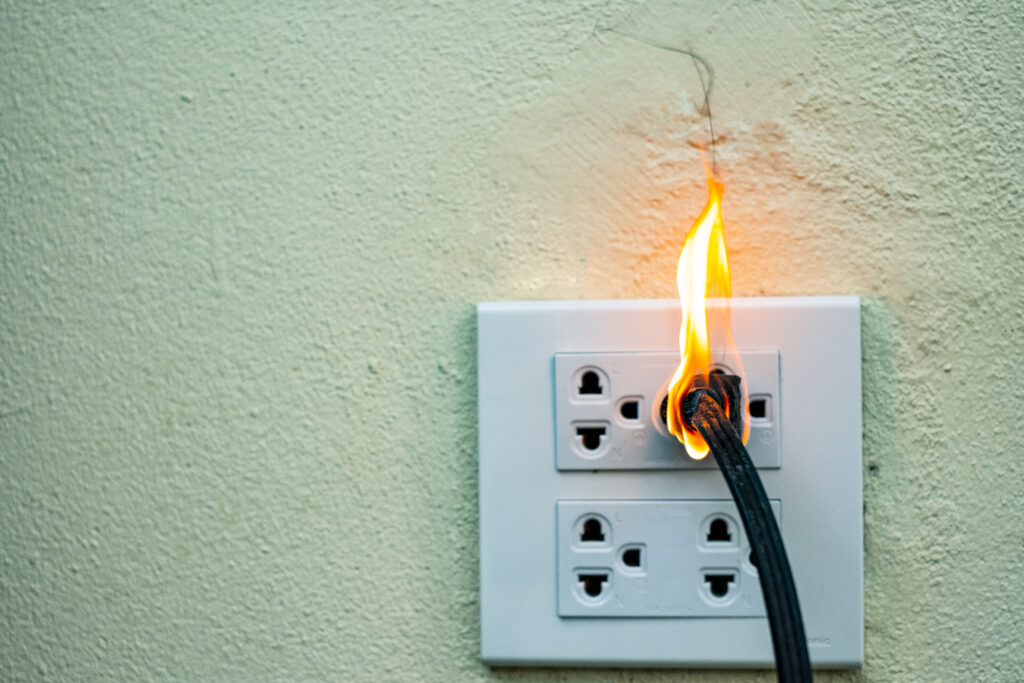
Electrical outlets are a crucial component of your home’s infrastructure, but they can degrade over time or malfunction without clear, immediate signs. Understanding the early symptoms of outlet issues is vital in preventing more severe complications. By staying alert to these changes, you can ensure the safety and functionality of your home’s electrical systems.
- Early Warning Signs:
- Inconsistent performance when plugging in devices
- Sparks or unusual noises when using outlets
- Recurring circuit breaker trips
Integrating this knowledge into regular home maintenance can help avoid the inconveniences and dangers associated with electrical failures.
What Does Faulty Wiring Look Like?
Faulty wiring is a critical concern that poses significant risks, including electrical fires and shock hazards. It’s essential to recognize the early indicators of wiring issues to take timely action.
- Symptoms of Faulty Wiring:
- Flickering Lights: Often a sign of poor connection that may escalate if not addressed.
- Buzzing Sounds: Can indicate a loose prong or faulty wiring inside the outlet itself.
- Discolored Power Outlets: A sign of overheating due to faulty wiring.
- Burning Smell: Indicates immediate danger, suggesting potential fire hazards from overheated wires.
How to Test for a Bad Outlet
Testing an outlet to see if it is functioning properly is a straightforward procedure that can prevent potential electrical issues. Using simple tools like a multimeter or a receptacle tester, you can diagnose common problems.
- Steps to Test an Outlet:
- Safety First: Always turn off the power to the outlet at the circuit breaker before beginning any tests.
- Using a Multimeter/Tester: Insert the tester into the outlet slots and check the reading. A correct reading means your outlet is functional. Anomalies in the reading could indicate issues.
- Visual Inspection: Look for signs of wear or internal damage.
DIY Fixes for Common Outlet Problems
ddressing common issues with electrical outlets doesn’t always require professional intervention. Many minor problems can be fixed with some basic knowledge and a few simple tools. Here’s how you can handle some typical DIY fixes safely and effectively.
Securing a Loose Electrical Socket
A loose outlet not only poses a risk of electrical shock but can also lead to further electrical issues. Securing it properly is crucial for safety and functionality.
- Steps to Secure a Loose Outlet:
- Turn Off Power: Ensure that the power supply to the outlet is shut off at your home’s breaker box to avoid any accidents.
- Tighten the Faceplate: Use a screwdriver to tighten the screws on the faceplate, ensuring it fits snugly against the wall.
- Check the Outlet Box: If the outlet box itself is loose within the wall, you may need to install a box extender or additional fasteners to secure it firmly.
Steps to Replace an Outlet Safely
Replacing an electrical outlet is a straightforward task that can be managed with some careful steps. Here’s how to replace an outlet while ensuring safety and efficiency.
- Comprehensive Guide to Outlet Replacement:
- Ensure Safety: Always start by turning off the power at the main circuit breaker to the outlet you are planning to replace.
- Remove the Old Outlet:
- Unscrew the faceplate and then remove the outlet from the box.
- Disconnect the wires from the outlet.
- Connect the New Outlet:
- Attach the wires to the corresponding terminals on the new outlet.
- Gently push the outlet back into the box and secure it with screws.
- Test the Installation:
- Turn the power back on.
- Use a voltage tester to ensure the outlet is working correctly.
When to Call a Professional Electrician
Handling electrical issues can sometimes go beyond the scope of DIY fixes, particularly when dealing with more complex or potentially hazardous problems. Knowing when to call a professional electrician is crucial to maintaining safety and compliance within your home.
Electrical systems are intricate and can pose significant risks if not handled properly. Professional electricians are equipped with the knowledge and tools to safely address issues that exceed basic troubleshooting.
- Signs You Need a Professional:
- Overloaded Power Sockets: If your outlets are frequently tripping breakers, it may indicate a deeper issue with your home’s electrical load.
- Signs of a Bad Electrical Outlet: Persistent problems like sparks, heat, or unusual sounds from outlets require expert attention.
- Rewiring Needs: Older homes or updated appliances often require comprehensive rewiring to meet current electrical standards.
Preventing Electrical Outlet Hazards
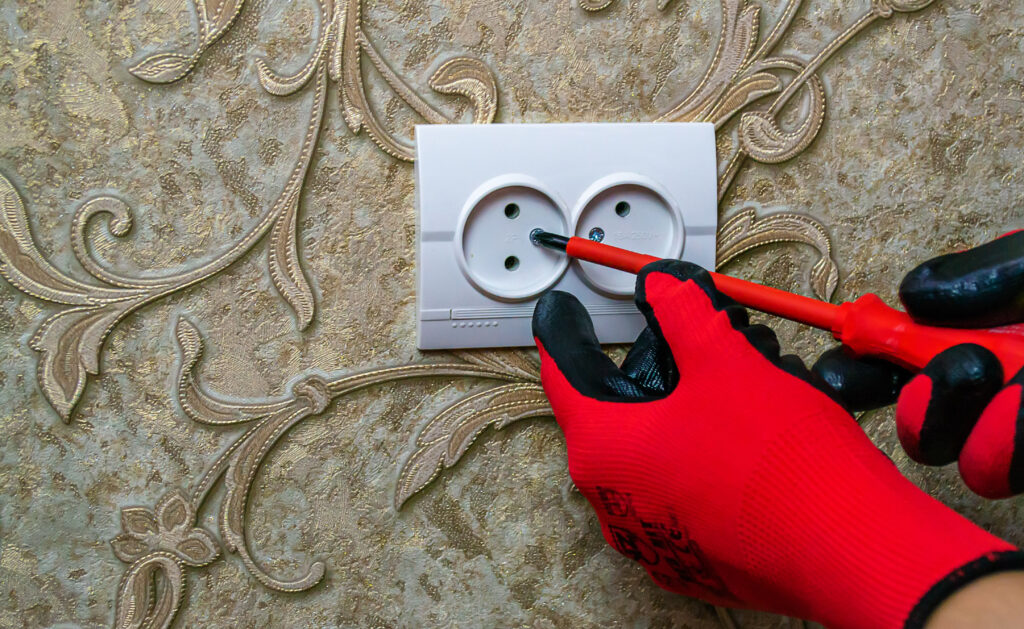
Maintaining the safety and efficiency of your home’s electrical system is crucial to preventing hazards. Routine checks and proactive maintenance can significantly mitigate the risks associated with electrical outlets.
Preventative measures are key to ensuring the longevity and reliability of your electrical infrastructure. By adhering to a maintenance schedule and understanding the essentials of outlet care, you can protect your home from potential dangers.
- Essential Preventative Practices:
- Avoid Overloading Outlets: Ensure that you’re not plugging too many devices into a single outlet, which can lead to overheating and potential fires.
- Secure All Connections: Loose connections can be a major safety hazard. Check that all outlet connections are tight and secure.
- Inspect Cords and Plugs: Regularly examine the cords and plugs of your electrical devices for any signs of wear or damage. Frayed or exposed wires necessitate immediate replacement to prevent shocks or fires.
- Update Outdated Hardware: Older outlets or those that do not accommodate three-prong plugs should be updated to meet modern safety standards.
Routine Checks and Maintenance
Establishing a routine for annual inspections with a licensed electrician is a smart strategy for any homeowner. These professionals can assess your electrical system for efficiency and safety, ensuring everything is up to current electrical codes.
- Benefits of Professional Inspections:
- Systematic Safety Checks: An electrician will methodically check each component of your home’s electrical system, identifying potential issues before they become serious.
- Code Compliance: Keeping up with local and national electrical codes is essential for safety and legality. A professional can help ensure that your home meets all necessary regulations.
- Peace of Mind: Regular inspections reduce the risk of electrical malfunctions and provide reassurance that your home’s electrical system is in good condition.
Key Takeaways
Addressing the common problems with electrical outlets is essential for maintaining a safe and efficient home. By recognizing early signs of faulty wiring, testing outlets properly, and performing DIY fixes when appropriate, homeowners can prevent more significant electrical issues. However, for more complex situations such as overloaded sockets or rewiring needs, calling a professional electrician is critical to ensure safety and code compliance. Regular maintenance and inspections are also key in preventing electrical hazards, safeguarding both your family and your property.
Moving forward, staying proactive with routine checks and adhering to electrical safety practices can reduce the likelihood of costly repairs and hazardous conditions. We encourage you to share your experiences with outlet issues or ask any questions you may have in the comments below. Your insights and engagement can help others learn how to manage their electrical systems more effectively. Stay informed, and remember—maintaining your electrical outlets is not just about convenience, it’s about safety.
FAQs – People Also Ask
- What are the risks of ignoring outlet issues?
Ignoring issues with electrical outlets can lead to serious safety hazards, including electrical fires and electrocution. Experts from the Electrical Safety Foundation International (ESFI) emphasize that prompt attention to any signs of outlet malfunction, such as sparking or unusual heating, is crucial to preventing potentially life-threatening accidents.
- Can a faulty outlet increase my electricity bill?
Yes, a faulty outlet can lead to increased electricity bills by causing inefficient appliance operation and phantom loads. Energy experts suggest that resolving these issues can not only ensure safety but also improve energy efficiency, ultimately reducing your monthly energy costs.
- What are the codes and regulations concerning electrical outlets?
Electrical outlet installations and maintenance are governed by the National Electrical Code (NEC), which sets the minimum standards for safe electrical design, installation, and inspection to protect people and property from electrical hazards. Regular updates to these codes reflect new technologies and safety knowledge, underscoring the importance of hiring a licensed electrician for compliance.
- How often should electrical outlets be replaced?
Electrical outlets should be inspected every 15 to 20 years according to the U.S. Consumer Product Safety Commission. Replacement frequency may vary based on usage and environmental factors, but outdated or damaged outlets should be replaced immediately to maintain safety and functionality.
- What is the best way to child-proof electrical outlets?
The best way to child-proof electrical outlets is by installing tamper-resistant receptacles, which have a spring-loaded cover that closes off the slots and prevents the insertion of objects when unequal pressure is applied. This safety feature is highly recommended by child safety experts and is a more reliable method than plastic caps, which can be removed by curious children.
Don’t Let Electrical Outlet Issues Put Your Home at Risk!
Electrical safety is not just about compliance; it’s about ensuring your family’s everyday safety and comfort. At Boca Electrical Works, Inc., we understand the critical nature of proper electrical maintenance and installation. With over 38 years of combined experience serving the Boca Raton, Delray Beach, and the greater South Florida area, we are your go-to experts for reliable and professional electrical solutions. Whether you need residential or commercial electrical works, ceiling fan reinstallations, or comprehensive electrical panel upgrades, our team is here to help. Explore more on our Softlist website, or contact us directly at +1 561-235-2513 for personalized service that meets your specific needs. Remember, we’re not just contractors; we’re your partners in electrical safety and efficiency.


